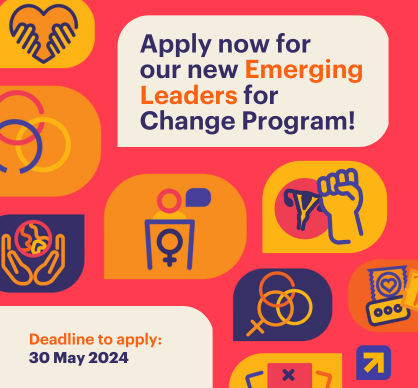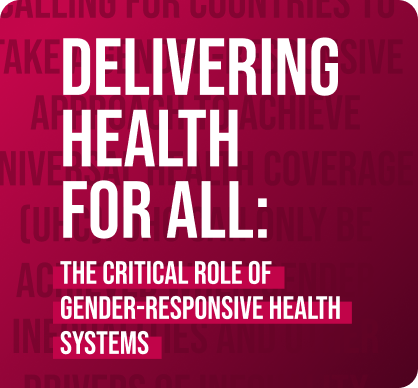Getting Finance to Improve Women’s and Children’s Health Worldwide
On a very wet and rainy day in Ethiopia last week, I spent an inspirational morning crowded into the Salem Health Centre. Despite the miserable weather, the Centre was overflowing with women who had, in some cases, travelled long distances to have their babies vaccinated. These mothers know that the vaccines will keep their children healthy, and pave the way for them to develop and achieve their full potentials.
Without good health, there can be no sustainable development. And without adequate financing, the poorest and most marginalized people around the world will continue to forfeit good health.
Last week in Addis Ababa, world leaders and development experts met at the Third UN Financing for Development Conference to agree on an action agenda to finance the new Sustainable Development Goals (SDGs), including Goal 3: “to ensure healthy lives and promote well-being for all at all ages”. This is a broad goal that includes amongst others, targets related specifically to women, children and adolescents — ending maternal and child mortality, improving access to sexual and reproductive health, and increasing access to medicines and vaccines.

As delegates worked towards agreement on the Addis Ababa Action Agenda, many conversations focused on how we can move towards a world where everybody can have access to health information and services, or as we call it, achieve universal health coverage. This is a major focus of the World Health Organization’s (WHO) work.
To achieve it, we need first and foremost to reduce the need for people to pay directly out of their pocket for the most basic health services at the point of delivery, including care at childbirth, and life-saving vaccines. As a result, health bills push a shocking 100 million people into poverty each year.
The key to reducing out-of-pocket expenditures is to increase public funding for health. Between 1995 and 2013, government spending on health increased on average from 3.4 to 4.1 percent of GDP across 190 countries. The increase in low-income countries has been greater - from 1.7 to 2.6% of GDP. But there is still a long way to go. All countries, but in particular low income countries, need to find ways to mobilize more funds for health.
To improve the lives of the most vulnerable, resources for health must be also used more efficiently. To do this we must break down the silos in health systems, for example, by integrating service delivery between maternal and child health and HIV/AIDS, tuberculosis and malaria programs.
Better integration within the health sector, as well as with other sectors such education, are central tenets of the Global Strategy for Women’s, Children’s and Adolescents’ Health, a strategy to end the preventable deaths that will be launched in September.
Global Financing Facility (GFF) in support of Every Woman Every Child
One of the most exciting developments and concrete outcomes in Addis was the launch of the new Global Financing Facility (GFF) in support of Every Woman Every Child.
The GFF is an example of the new financing paradigm agreed to in Addis, with its shift in focus from official development assistance (ODA) to combining ODA with new forms of external and domestic funding, so as to increase the overall amount of funds available for health.
The GFF, like the Global Strategy, will look across sectors and make financing more sustainable by helping countries develop sound long-term financing strategies. A total of approximately USD 215 million of new commitments to the GFF were announced in Addis which, combined with previous commitments, kicks off the fund with more than USD 1 billion.
I came back from Addis with high hopes about what the decisions taken there can bring to us all — most importantly, to women, children and adolescents around the world who have the right to a healthy and sustainable future. It may well be remembered as a historic moment for development, and where financing for women’s, children’s and adolescents’ health was one of the more concrete outcome.


